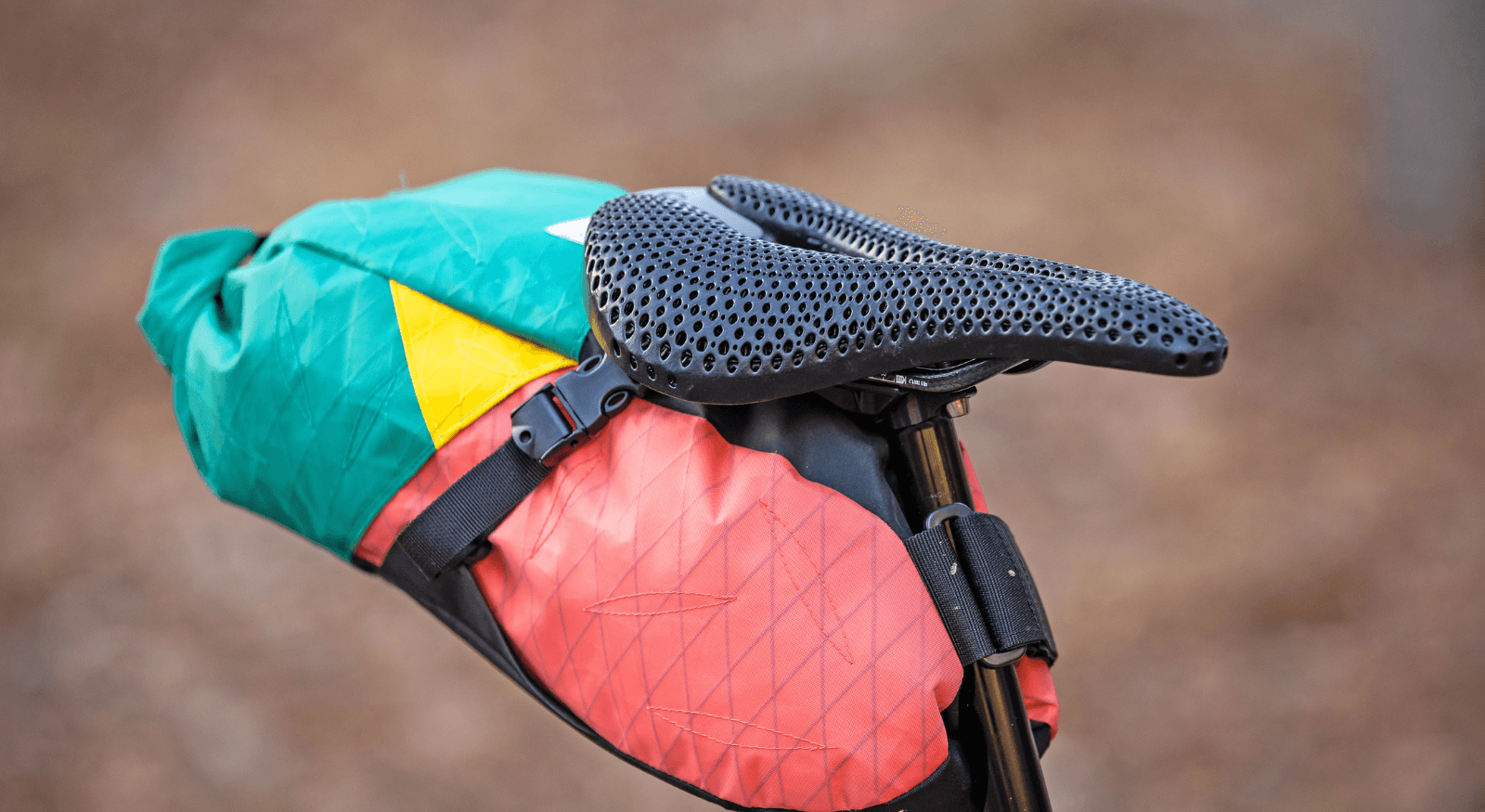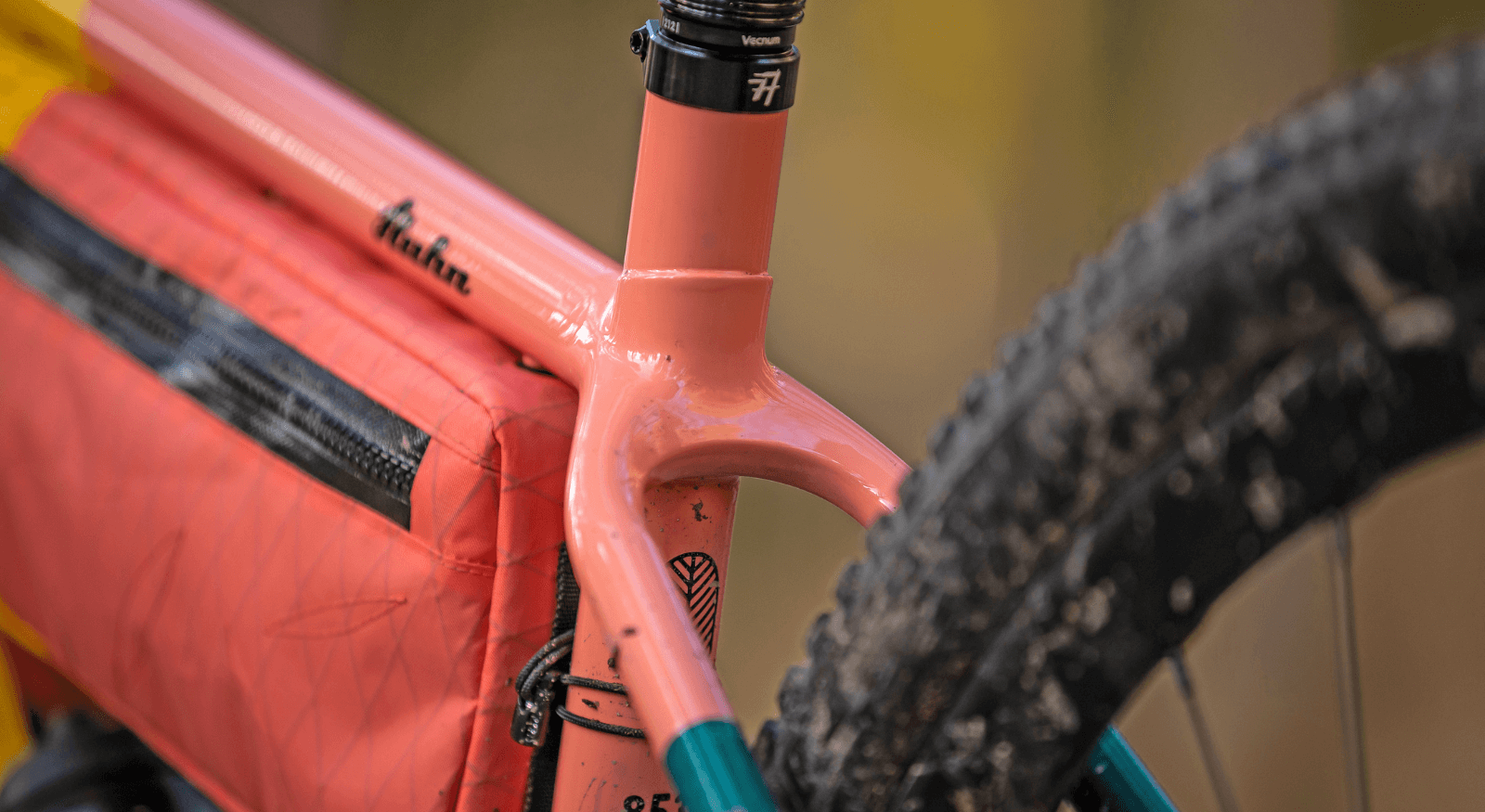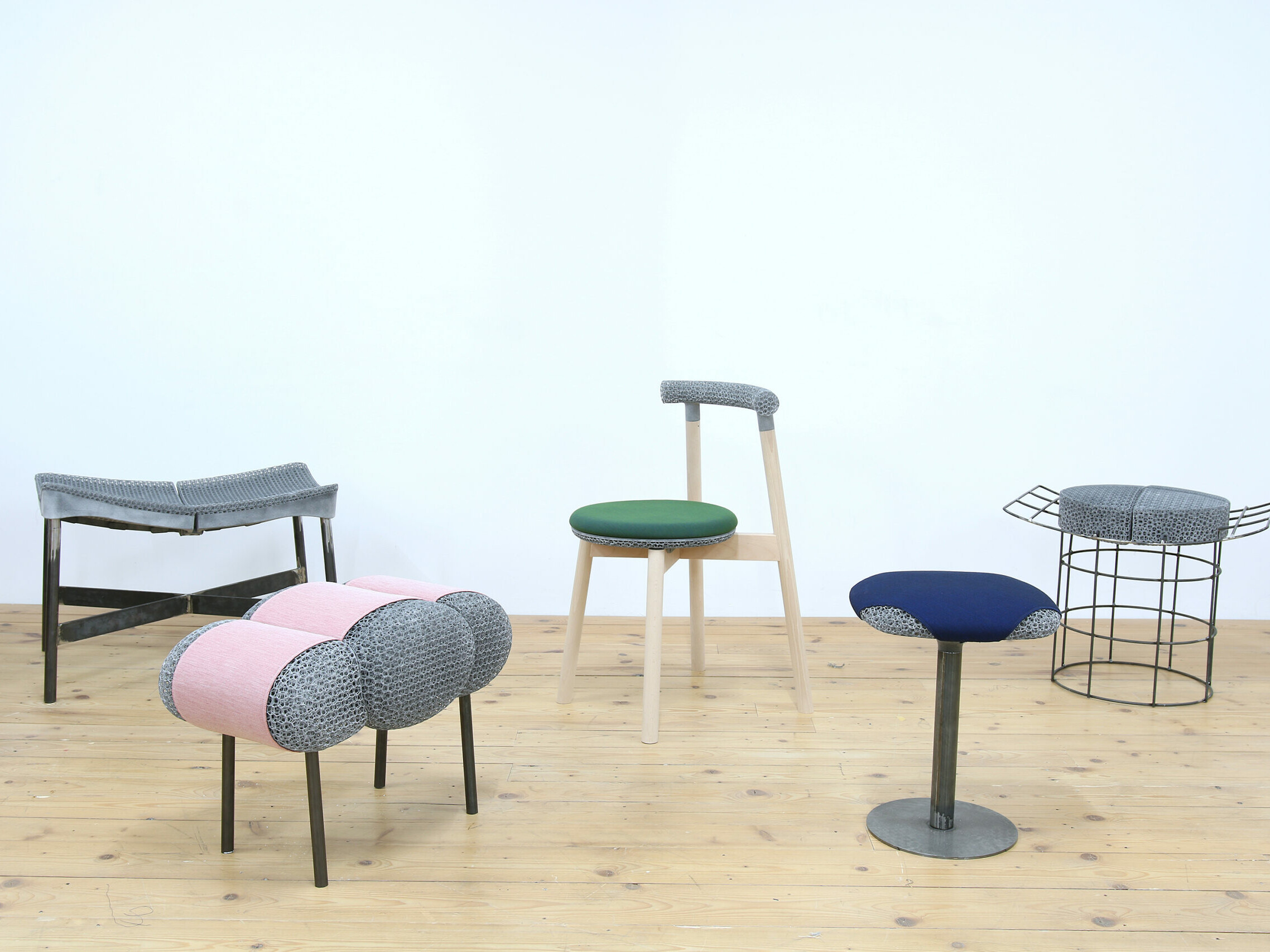Innovative Materials and Technology Create Essential Metal Components for Custom Bicycle Frames
Utilizing parts produced with Ultrafuse® 17-4 PH through Fused Filament Fabrication (FFF), Huhn offers cycling enthusiasts mass customization and small series options for durable bike frames
For Huhn Cycles to offer custom bike frames at an affordable price, they utilized FFF 3D printing technologies to produce a 100% metal part ensuring an accurate component that can be easily installed on a bike frame.
Huhn Cycles, located in Fichtelgebirge, has teamed up with Forward AM to create essential frame components through additive manufacturing that support the high-durability, longevity and timelessness expected from the bicycle frames produced by the German-based company. With the tube connectors needed for the construction of each frame being unique, Huhn chose to utilize 3D printing with metal filaments in order the achieve the custom-designed, cost-efficient and highly accurate part required. Additive Manufacturing technologies offer a more straightforward and easier approach when it comes iteration and adaptation compared to traditional manufacturing.
Table of Content
Project Breakdown
Industry
Consumer
Material / Product
Ultrafuse® 17-4 PH
Partners
Elnik, 44ELF and Sculpteo
Technology
Fused Filament Fabrication (FFF)
End-Part
Metal Connectors
Why Forward AM?
Perfect-fit material and mass customization capability
The result
Cost-efficient parts that could be produced with high levels of adaptation and iteration
Challenge:
The challenge faced was two-fold. First was the individual design required for each customized part that could be easily manufactured, while also ensuring the frame could be produced at an affordable price. The design also had to comply with the rules and conditions of filament printing as well as the properties and conditions of a bicycle frame, all which could only be realized through 3D printing.
Secondly was the need to maintain a high-level of accuracy for ease of installation as well as utilizing a process that was simplistic. As filament printing can be greatly affected by the downstream sintering process, the Metal Filament Team at Forward AM was tasked with reducing deviation to 1%. Meeting this goal would ensure that all printed parts could be easily installed on the bike frame and as well as bring additional advantages to the frame building process.
Solution:
Design and create parts which are fully integrated into the process with the ability to manufacture full metal parts with closed and reduced infill, which is only possible through filament printing. Utilizing Ultrafuse® 17-4 PH, a material with a formulation similar to the metal tubes used for the bicycle frame building, Huhn was able to achieve the individual geometry adaptation of the bicycle frame to meet the customized needs of the individual end user. This specific metal filament was chosen because it is more cost-efficient to process compared to binder jetting and SLM, due to the low Total Cost of Ownership (TCO) through production on FFF printers utilizing metal filaments.
Result:
By adapting the principles of Additive Manufacturing, Huhn was able to achieve the following:
- Develop and implement a solution that demonstrates the advantages of metal filament printing through the production of cost-efficient 3D printed parts
- manufacture full metal parts with closed and reduced infill
- Reduce the time needed for frame building
- Implement a straightforward and easy manufacturing process for customized parts
Ultrafuse® 17-4 PH also fits perfectly to standard stainless steel bicycle tubing and exhibits the same technical properties as other conventional manufacturing materials. The ability to produce a 3D printed part which is 100% metal allows for the successful utilization of standard treatments for metal parts such as weldability and solderability. These printed components can also be powder-coated and painted allowing for a polished and visually appealing final product. Forward AM is the only company within the AM industry offering metal filament printed parts produced with a reduced deviation of 1% or less. Meeting this goal ensured that all printed parts could be easily installed on the bike frame as well as bring additional advantages to the frame building process.
“Since many frame builders already use FFF printing for some fixtures or are familiar with the process, a metal filament like Ultrafuse® 17-4 PH is an easy and cost-efficient way to gauge the viability of metal part production. In moving beyond traditional manufacturing, companies can not only print assembly aids but also integrate their own designs which are adapted to the respective customer for a customized frame building. This allows them to stand out from the competition, create solutions alongside their own designs and greatly reduce the time required to manufacture a custom frame. In short, they can kill two birds with one stone by producing their own designs while at the same time reducing effort.”
Tim Ahnsorge, Bike Project Manager
Share this page
Next Steps
Reference Links and Documents
Get in touch
Do you have questions about our materials, technologies or services? Get in touch now!



























